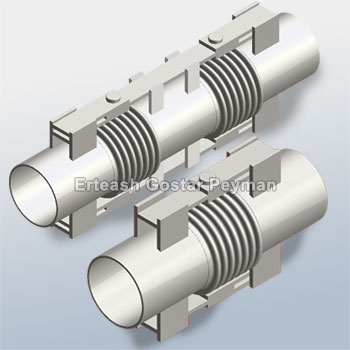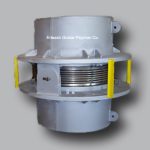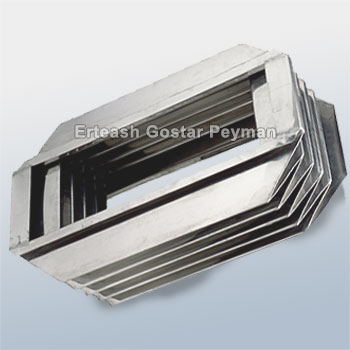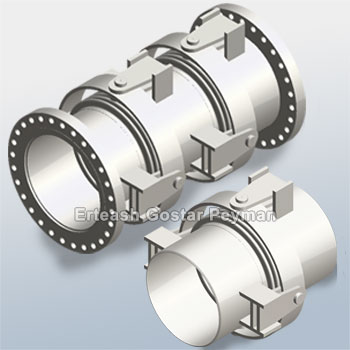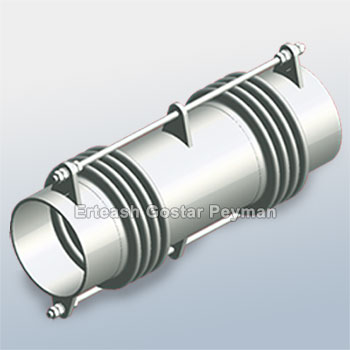The joint accordion connector is one of the most functional types of accordion resistors. Do you know what the Quaker is and what it does?
What is a Quaker?
Resistors, also known as joint expansion, expansion or compensator, is a vital connection that is common in a wide range of industries. These equipment are specially designed and manufactured to safely absorb dimensional changes such as thermal expansion or contraction and vibration and are supplied to the industry. Needless to say, the equipment is also able to compensate for non-compliance during installation. These joints are mainly made of various materials such as metal, rubber, fabric and PTFE.
Jointed Accordion Joint; Functional Connection with Unparalleled Benefits
Joints are one of the most functional types of accordion joints consisting of one or two jumpers. The bracing system in the structure of this connection is in the form of hinges and two sets of hinges are placed on either side of the jumper. Angular motion is provided by rotating around a refractory pin.
It is worth mentioning that the joint accordion joints limit the rotation in a plate and are able to absorb lateral deviations when using double type and angular shifts in one direction. In addition, the hinges in the structure of this connection prevent the expansion or axial contraction of the accordion joints. This means that no force is transferred to the system.
Universal joint joints are another type of joint accordion joints that use two jumpers to attract lateral movement on a plate.
Advantages
- Hinges remove the thrust force and subsequently eliminate the need for fixture points.
- Absorption of lateral motion in universal and angular type is done in one direction.

